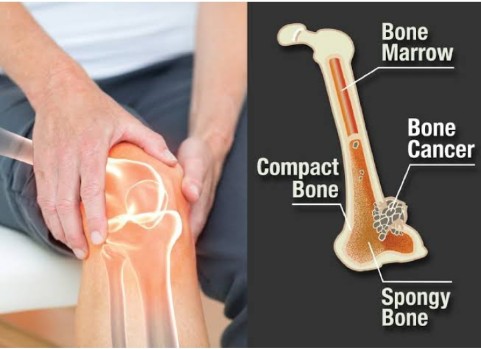Are you aware that age and ‘varicose veins stages’ are intricately connected? As time takes its toll, our bodies change – and our veins are no exception. This blog post will delve into how age influences the progression of varicose veins stages.
Stay tuned as we demystify this common condition that affects millions worldwide. Understanding the stages can empower us to manage it effectively and maintain our leg health. Don’t miss out on the valuable insights that lie ahead!
Understanding Varicose Veins
Alright, let’s start with the basics. Varicose veins are those enlarged, swollen blood vessels that typically appear on our legs. They can look like raised, gnarled cords, often blue or purple in color. These veins are sometimes painful and can be quite unsightly.
Spider Veins
Spider veins, the first stage of varicose veins, typically appear in your 20s and 30s. These thin red or blue lines under the skin are often seen as a cosmetic annoyance. While not usually painful, genetics and lifestyle choices, such as prolonged standing, can contribute to their development.
Reticular Veins
Moving on to the next stage, we have reticular veins. These veins are larger than spider veins and typically display bluish-green lines.
The onset of reticular veins is commonly observed in individuals in their 30s or 40s. While age connection is a significant factor, genetics, and lifestyle elements also contribute to their appearance.
Varicose Veins
Varicose veins become noticeable as you age. These bulging veins can cause pain and discomfort. Factors like aging, heredity, and prolonged standing contribute to their formation.
Leg Ulcers
Unfortunately, in some cases, varicose veins can reach stage 4, which is the development of leg ulcers. This stage usually occurs in your 60s and beyond. The increased pressure from varicose veins can damage the skin, leading to painful sores that can be challenging to heal. It’s essential to seek medical attention if you reach this stage.
Complications
If left untreated, varicose veins can cause serious complications like leg ulcers, deep vein thrombosis (DVT), and other circulatory issues. The risk of these complications rises with age, so early intervention is crucial.
Preventing and Treating Varicose Veins
Now, you might be wondering, “Is there anything I can do to prevent or treat varicose veins?” Absolutely! Here are some tips to keep those veins in check:
Stay Active
Regular exercise is beneficial for improving blood circulation in your legs. It helps keep your cardiovascular system healthy and promotes optimal blood flow throughout your lower extremities.
Watch Your Weight
Maintaining a healthy weight can reduce the pressure on your veins, promoting better overall vascular health. This simple lifestyle choice can have a significant impact on your well-being.
Compression Stockings
These can provide extra support to your veins and alleviate discomfort. Consider using them for improved relief and comfort.These can provide extra support to your veins and alleviate discomfort. Consider using them for improved relief and comfort. For those requiring more extensive support, especially in the case of conditions like lymphedema, compression leggings offer a targeted approach to reduce swelling and enhance circulation. They’re specifically designed to address the challenges of lymphatic flow and can be an integral part of lymphedema treatment.
Consult a Specialist
If you’re experiencing pain or other problems with your veins, don’t hesitate to seek medical help from a doctor or a specialist in spider vein treatment at Vein Specialist Centers. Taking prompt action can provide relief from discomfort and address any potential underlying conditions.
Learn More About Varicose Veins Stages
So, there you have it, the connection between age and varicose veins stages. As we age, the risk of varicose veins increases, but genetics and lifestyle choices also play a significant role.
Remember that varicose veins can be more than just a cosmetic concern. If you’re experiencing discomfort, it’s essential to seek help early to prevent complications. Don’t let those veins cramp your style – take steps to keep your legs feeling and looking great!
Keep browsing our website for more helpful articles!


 Home
Home










